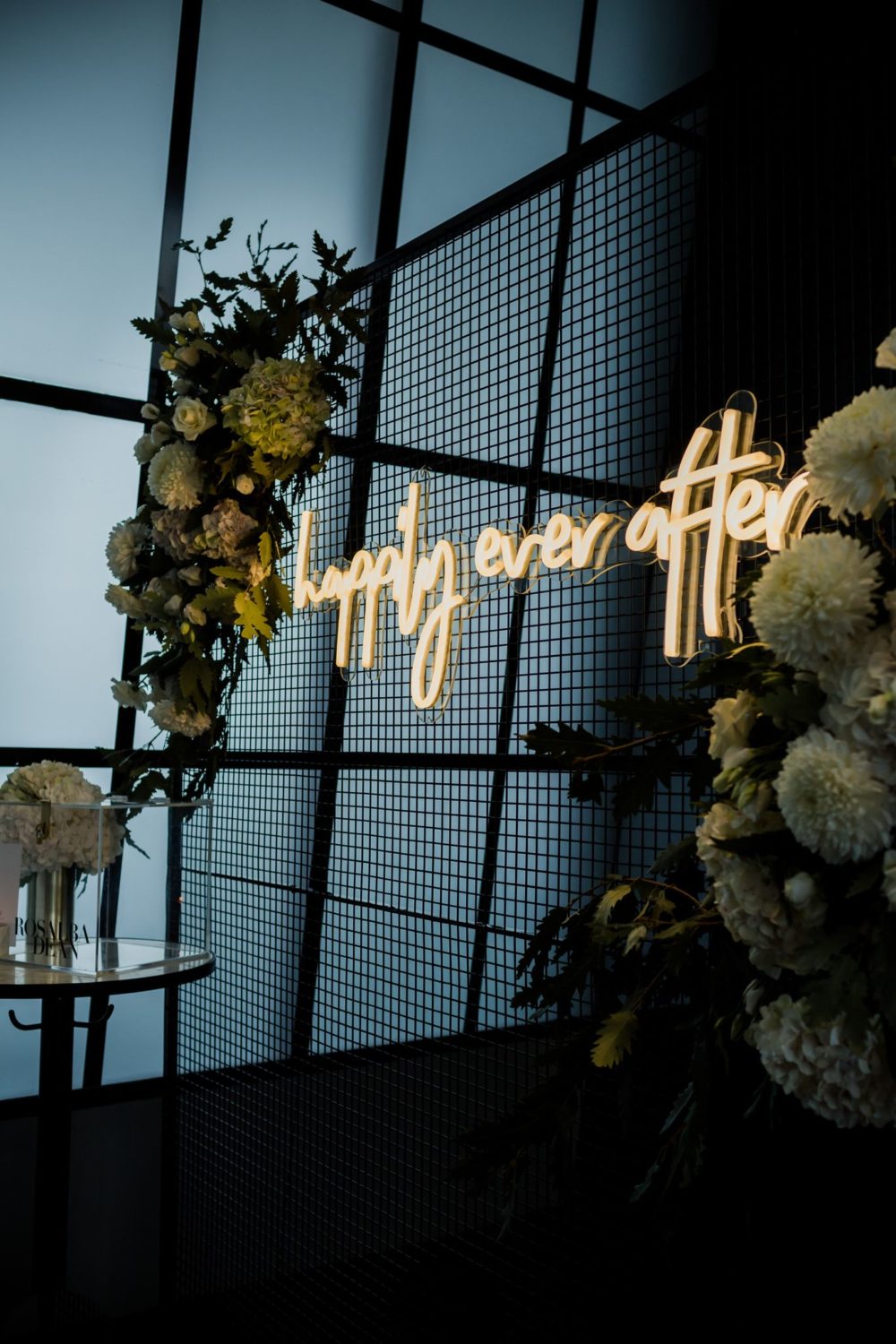Creating the perfect atmosphere for a wedding or event is essential. One key element to consider is lighting. The right lighting can transform a space, create mood, and highlight important features of the venue. Here are some top tips for achieving magical lighting at weddings and events.
The Importance of Lighting
If you’ve ever taken a photo, then you will know just how important lighting can be. The same can be said for a good venue. Good lighting enhances the decor, creates ambience, and can even influence the mood of the guests. It’s crucial to plan your lighting carefully to ensure every aspect of your event shines.
Using different types of lighting can create various effects. For example, soft, warm lights can create an intimate and cosy atmosphere, while brighter, cooler lights can make a space feel more open and energetic. Consider the kind of feeling you want to evoke in different areas of your venue and choose your lighting accordingly.
Types of Event Lighting
There are several types of lighting to consider for weddings and events, each serving a unique purpose. Here are some common options:
- Ambient Lighting: This is the main source of light for your event. It can include chandeliers, overhead lights, or natural light. Ambient lighting sets the overall mood of the event space.
- Accent Lighting: Used to highlight specific features like a wedding cake, a flower arrangement, or a piece of art. Spotlights or uplights are commonly used for accent lighting.
- Task Lighting: Essential for areas where specific activities will take place, such as dining tables or bars. Task lighting ensures these spaces are well-lit and functional.
- Decorative Lighting: Adds visual interest and enhances the theme of the event. Fairy lights, lanterns, and light-up letters fall into this category. For instance, you might consider light up letters for hire from places such as Wedding Venue Lighting to spell out the couple’s initials or a significant word, adding a personal touch to the decor.

Creating Zones with Lighting
Dividing your venue into different zones using lighting can make a large space feel more intimate and organised. Each zone can have its own unique lighting scheme to suit its purpose. A custom LED wedding sign provides an ambient glow and a striking backdrop for photographs.
For example, the dance floor might feature dynamic, colourful lights that move with the music, creating an energetic atmosphere. In contrast, the dining area could have softer, more subdued lighting to encourage conversation and relaxation. By using lighting to differentiate these zones, you can enhance the overall flow and experience of the event.
Outdoor Lighting Considerations
Outdoor events present unique challenges and opportunities when it comes to lighting. Natural light can play a significant role, but as the sun sets, artificial lighting becomes essential.
String lights, lanterns, and torches are popular choices for outdoor events. They not only provide necessary illumination but also add to the charm and ambience. Consider using pathway lights to guide guests and ensure safety, and uplighting to highlight trees or architectural features. Additionally, ensure all outdoor lighting is weatherproof to avoid any issues on the day of the event.







